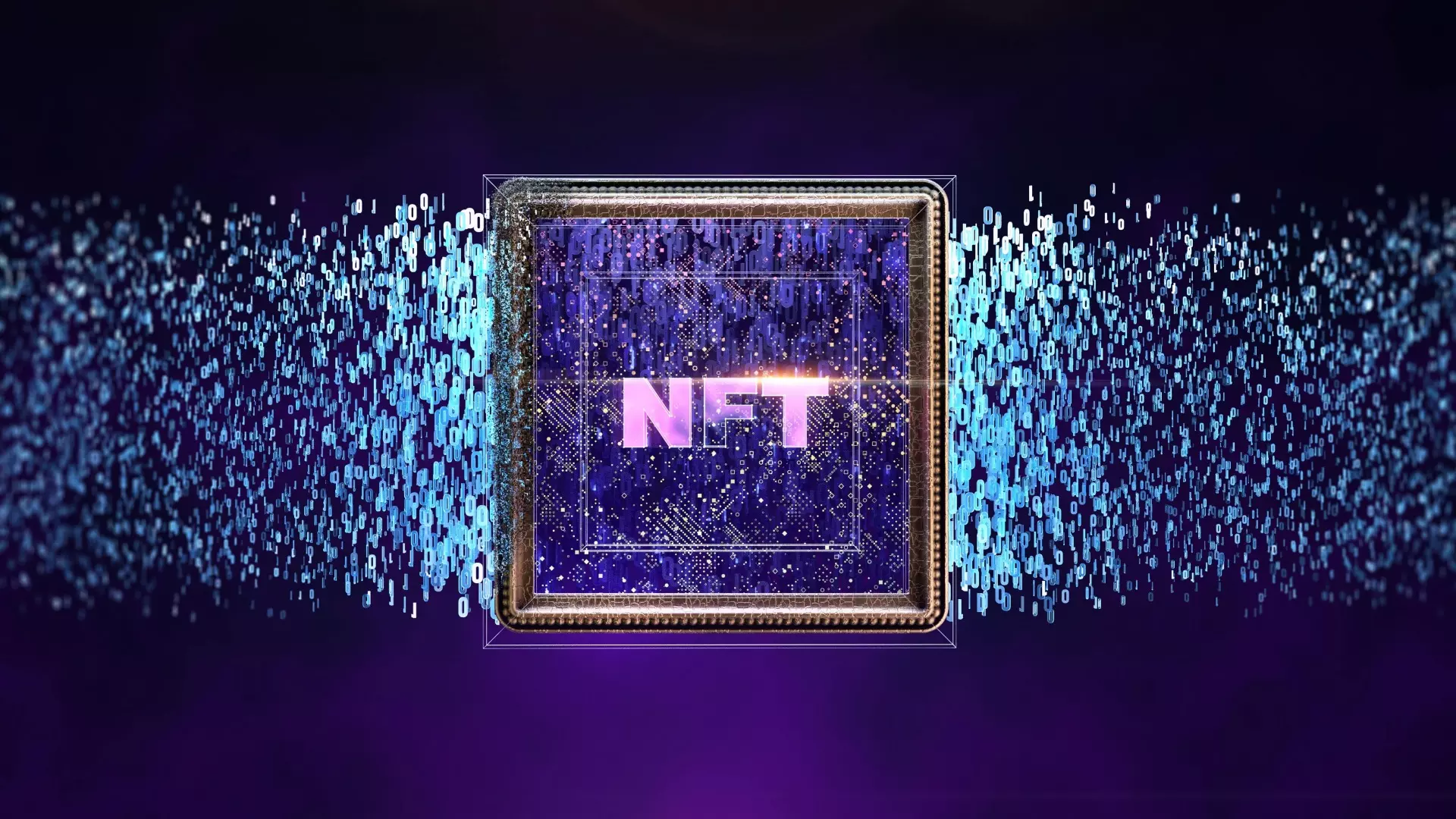Comments
- No comments found

NFT stands for “non-fungible token.”
There is real money involved here: hundreds of millions of NFTs are bought and sold each week. Back in March, an NFT for a work of art called “Everydays: The First 5000 Days” sold through the Christie’s auction house in New York for $69 million. Notice that the buyer did not receive a canvas-and-paint piece of art. Nor did the buyer get exclusive ownership over the digital image: you can go to the image at the link above, copy it, and put it on your own computer. So what is this “token” that was purchased and what does the “non-fungible” part of NFT mean? Steve Kaczynski and Scott Duke Kominers offer a primer in “How NFTs Create Value” (Harvard Business Review, November 10, 2021). They write:
As the name “non-fungible token” suggests, each NFT is a unique, one-of-a-kind digital item. They’re stored on public-facing digital ledgers called blockchains, which means it’s possible to prove who owns a given NFT at any moment in time and trace the history of prior ownership. Moreover, it’s easy to transfer NFTs from one person to another — just as a bank might move money across accounts — and it’s very hard to counterfeit them. Because NFT ownership is easy to certify and transfer, we can use them to create markets in a variety of different goods.
But NFTs don’t just provide a kind of digital “deed.” Because blockchains are programmable, it’s possible to endow NFTs with features that enable them to expand their purpose over time, or even to provide direct utility to their holders. In other words, NFTs can do things — or let their owners do things — in both digital spaces and the physical world.
In this sense, NFTs can function like membership cards or tickets, providing access to events, exclusive merchandise, and special discounts — as well as serving as digital keys to online spaces where holders can engage with each other. Moreover, because the blockchain is public, it’s even possible to send additional products directly to anyone who owns a given token. All of this gives NFT holders value over and above simple ownership — and provides creators with a vector to build a highly engaged community around their brands.
It’s not uncommon to see creators organize in-person meetups for their NFT holders, as many did at the recent NFT NYC conference. In other cases, having a specific NFT in your online wallet might be necessary in order to gain access to an online game, chat room, or merchandise store. … Thus owning an NFT effectively makes you an investor, a member of a club, a brand shareholder, and a participant in a loyalty program all at once. At the same time, NFTs’ programmability supports new business and profit models — for example, NFTs have enabled a new type of royalty contract, whereby each time a work is resold, a share of the transaction goes back to the original creator. …
NFTs enable new markets by allowing people to create and build upon new forms of ownership. These projects succeed by leveraging a core dynamic of crypto: A token’s worth comes from users’ shared agreement — and this means that the community one builds around NFTs quite literally creates those NFTs’ underlying value. And the more these communities increase engagement and become part of people’s personal identities, the more that value is reinforced. Newer applications will take greater advantage of online-offline connections, and introduce increasingly complex token designs.
I confess that I’m not at all sure how membership in an online community made it worthwhile for someone to spend $69 million for a nonfungible token on “Everydays: The First 5000 Days.” But a lot of money has been made by getting people to join up with certain online communities, through social media, gaming, and direct purchases. NFTs seem to offer new possibilities for organizing such groups.
Timothy Taylor is an American economist. He is managing editor of the Journal of Economic Perspectives, a quarterly academic journal produced at Macalester College and published by the American Economic Association. Taylor received his Bachelor of Arts degree from Haverford College and a master's degree in economics from Stanford University. At Stanford, he was winner of the award for excellent teaching in a large class (more than 30 students) given by the Associated Students of Stanford University. At Minnesota, he was named a Distinguished Lecturer by the Department of Economics and voted Teacher of the Year by the master's degree students at the Hubert H. Humphrey Institute of Public Affairs. Taylor has been a guest speaker for groups of teachers of high school economics, visiting diplomats from eastern Europe, talk-radio shows, and community groups. From 1989 to 1997, Professor Taylor wrote an economics opinion column for the San Jose Mercury-News. He has published multiple lectures on economics through The Teaching Company. With Rudolph Penner and Isabel Sawhill, he is co-author of Updating America's Social Contract (2000), whose first chapter provided an early radical centrist perspective, "An Agenda for the Radical Middle". Taylor is also the author of The Instant Economist: Everything You Need to Know About How the Economy Works, published by the Penguin Group in 2012. The fourth edition of Taylor's Principles of Economics textbook was published by Textbook Media in 2017.
Leave your comments
Post comment as a guest